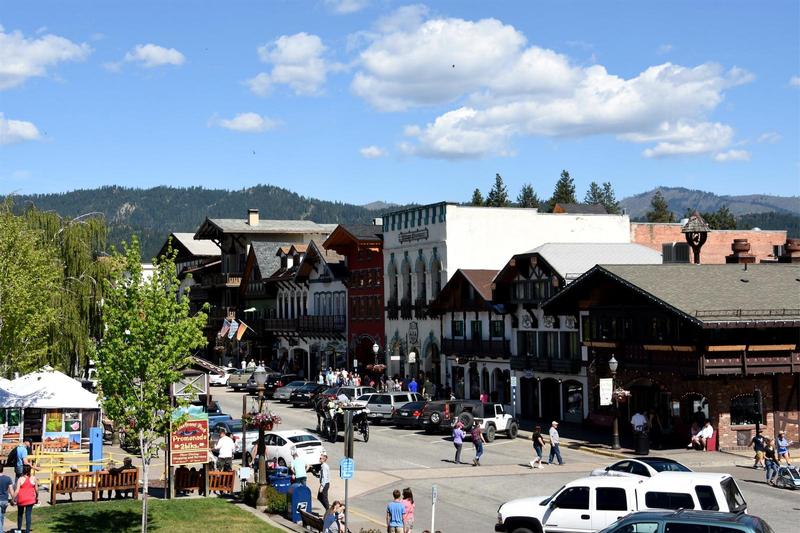
5 Books Every City Councilor and Engaged Citizen Should Read
You have been elected to your local city council. Or, you are interested in local politics and are involved as a citizen. Perhaps you have been attending city council meetings, commenting on council policy, or proposing ideas to your representatives.
You want your city to be a better place—a place your kids a live, a place that will last generations. No doubt, you have some ideas about what changes are needed in your area. But how to implement them? And maybe you're wondering: is that really the best way? What else is possible? What else could be done?
You need two things. First, a vision. Vision covers what's possible, where you might go, and ideal cities that you want to emulate. Second, you need actionable steps that can take you in the right direction—such as ideas for specific policies or events.
Here are five books that provide both.
1. Strong Towns: A Bottom-Up Revolution to Build American Prosperity by Charles Marohn
Strong Towns is a key text for anyone wanting to build better, stronger, more resilient towns and cities. It's a vision book. It lays out some of the key problems and big picture issues with how cities are currently built and run, especially regarding finances, infrastructure costs, and expectations of continual city growth. While Marohn doesn't have specific solutions on offer or specific next steps, his book opens up the conversation about what we might like to see in our municipalities and how we might get there.
Read a detailed review and more of my thoughts on the book.
2. This Is Where You Belong: The Art and Science of Loving the Place You Live by Melody Warnick
Why do people live where they do? How can we help connect people with the place they live? In this book, Warnick describes how place attachment forms and what you can do to build up your connection to your city or town. Warnick's concrete ideas can help us build experiences, events, and places that draw people together, build community, and help people put down roots. The chapter on the identity of places, including city branding, could be especially useful.
3. Arbitrary Lines: How Zoning Broke the American City—and How to Fix It by M. Nolan Gray
This book presents a history of zoning and explains how zoning works today, which will help you understand how we got the zoning we have and what other options are possible or potentially desirable. Gray discusses the low hanging fruit of zoning reform and presents actionable suggestions for what a city might want to change.
4. Paved Paradise: How Parking Explains the World by Henry Grabar
A couple years ago, I wouldn't have thought I would be reading books about zoning or parking. But here we are! This book shares a history of parking regulations and explains why we spend so much space and money on vehicle storage. There are some good stories in here! Grabar includes suggestions for improving the parking situation in cities, but much of it feels more applicable to larger cities than to smaller towns where parking is less of an issue.
5. Sprawl Repair Manual by Gail Tachieva
Looking into the future at the sprawling areas in many municipalities, Tachieva presents a vision for what you might do to reduce sprawl, especially in blighted areas, through new buildings, modifications to existing lots and spaces, and relocating services. Even with "manual" in the name, I consider this a vision book. While implementation steps are provided for each suggested repair, many of the steps are large or require significant upfront capital or political clout to change relevant laws. A highlight of the book is the graphics and diagrams of different repair techniques.
Header image credit: CC BY 2.0 JamesInOregon
How to Evaluate the Fit of a Graduate Program
